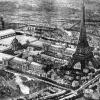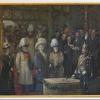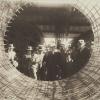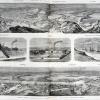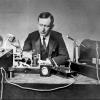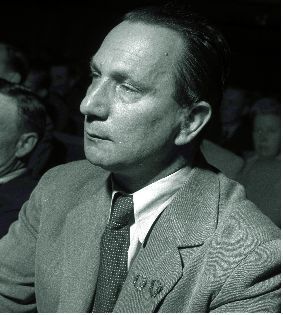An “Engineer’s Utopia”
After the First World War, Hungarian engineers struggled to improve their standard of living and to work on interesting technological projects. They were held back first by capitalistic entrepreneurs and later by the communist regime.
Engineer and political activist Gyula Hevesi had organized Hungarian engineers in a (socialist) association for engineers during the war – the ‘Alkalmazott Mérnökök Országos Szövetségét’ (National Association of Applied Engineers). At least two-thirds of all Hungarian engineers joined this association, which propagated the vision of an anti-capitalist ‘Engineer’s Utopia’.
In this ‘Utopia,’ engineers were free from any interference from ‘greedy capitalists’. Most engineers were poor and did not have many chances or resources to invent proper infrastructures and modern industry. They blamed the entrepreneurs who supposedly kept all the profits to themselves.
The idea – let alone the ‘myth’ – of the national engineer did not exist everywhere in Europe.
In March 1919, a communist regime led by Béla Kun declared the Soviet Republic of Hungary. Initially, Kun seemed to share the anti-capitalist ideas of Hevesi and his followers. In fact, Kun firmly opposed any engineering ambitions for national recognition of their talent and work. In his communist view, the intelligentsia should not have a higher position than regular workers. Furthermore, communists like Kun did not believe in the idea of the nation state and thus felt no need to compete with other nation states.
 Previous Story
Next Story
Previous Story
Next Story
How to cite this page
Anne-Mirthe Dieudonné, 'An “Engineer’s Utopia”', Inventing Europe, http://www.inventingeurope.eu/story/an-engineers-utopia
Sources
-
Gyorgi, Peteri, 'Engineer Utopia: On the Position of technostructure in Hungary's war communism, 1919.' International Studies of Management & Organisation 19 (1989): 82-102.
- Trischler, Helmuth and Martin Kohlrausch, Building Europe on Expertise. Innovators, Organizers, Networkers, Basingstoke: Palgrave, 2014.





